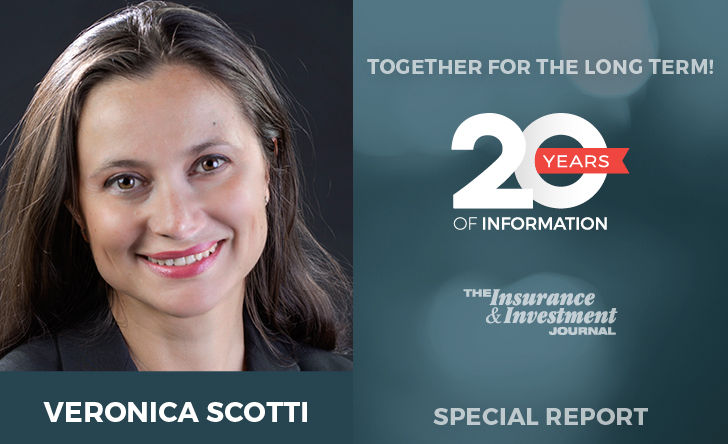Veronica Scotti, president and CEO of Swiss Re Canada, says a change in consumers’ expectations linked to the use of new technology is currently challenging the Canadian life insurance industry.
Consumers’ perception of what good service and good engagement looks like has changed profoundly, she explains. “Individuals are so quickly becoming accustomed to on-demand and on-the-move types of services…”
They want quick responses, “at a time and from a place that is convenient for them,” she says, adding that this is a challenge for the insurance industry since the process of ensuring that a client has the appropriate life and health insurance coverage is a complex process and the products are quite complex as well.
The industry, however, must adapt to serve those clients who want quick and simple service. “The entire engagement model will need to be tweaked to be more in line with consumer’s expectations…”
Scotti believes the industry is getting ready to tackle this challenge quite effectively.
She adds that new technology is bringing the life and health industry an unprecedented opportunity to address what Swiss Re calls “the protection gap”, the amount of coverage a person is lacking. In 2012, a Swiss Re study put the aggregate life protection gap in Canada at about CDN$1 trillion. The gap per average worker under 65 years of age with dependents was approximately CDN$100,000.
Scotti says this opportunity reaches the “core of what this industry is about. Its real purpose is to protect…It is a very honourable purpose. Where the opportunity still remains is how do we make that purpose very tangible, very real and very cost effective for individuals to benefit from it?” She says the reasons why consumers are underinsured has little to do with the affordability of the products. “For me, it comes down to perception and to the complexity of the solutions that the industry offers today, and engagement.”
How can the insurance industry engage Canadians better? Scotti sees three levels of opportunity. First, with advances in technology the industry is in “one of the best positions ever in its history to actually reach in a very cost effective, very tailored way and with simple (offerings), a very large number of clients.”
Second, the industry can raise education and awareness about the need for insurance, engaging consumers “around lifestyle not around problems, not talking about death”. Instead, the message would be related to providing peace of mind and lifestyle protection. This kind of consumer education can be done through digital-enabled platforms and solutions, she says.
Scotti says advice remains of paramount importance to the industry, but that it should be less product driven and more client-needs driven, as part of an element in broader financial advice tailored to the individual. This advice can be delivered in-person and via digital platforms, apps, or websites with the goal of not just a sale, but of continuous communication and engagement.
Points and reward systems are one example of this kind of engagement. Some Canadian insurers are already bringing this concept to market.




